Lim Kim San's property up for sale: What you need to know about good class bungalows
Sign up now: Get ST's newsletters delivered to your inbox
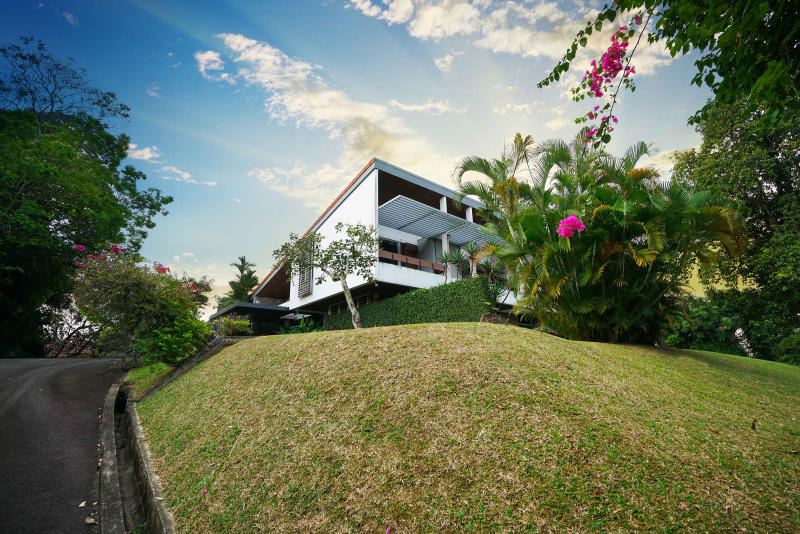
The two-storey bungalow at 81 Dalvey Road is owned by the estate of former minister and first HDB chairman Lim Kim San.
PHOTO: JLL
Tee Zhuo
Follow topic:
SINGAPORE - On Tuesday (July 31), a rare freehold good class bungalow (GCB) near the Botanic Gardens went on sale.
The house is owned by the estate of Mr Lim Kim San, the first Housing Board chairman and a former executive chairman of Singapore Press Holdings. Before entering politics in 1963, he was a successful businessman and gave up a career in banking to serve in the Government.
But what exactly makes a GCB, well, good? Here are some facts you should know about the most prestigious form of landed housing in Singapore.
1. WHY 'GOOD CLASS'?
The term "good class bungalow" is likely to be unique to Singapore, although no one really knows the reason for this name.
In an interview with The Straits Times in 2016, Professor Robert Powell, who wrote the book Singapore Good Class Bungalow 1819-2015, said that the name first came up in the Ministry of National Development masterplan in 1980.
"It was probably for economic reasons that the Government decided to officially recognise the bigger bungalows and their surroundings so as to attract or retain high-wealth citizens to contribute to the economy," the British academic said.
It is possible that the term "good class" was used to differentiate the special property segment from other smaller bungalow plots, he added.
2.WHAT MAKES A GCB
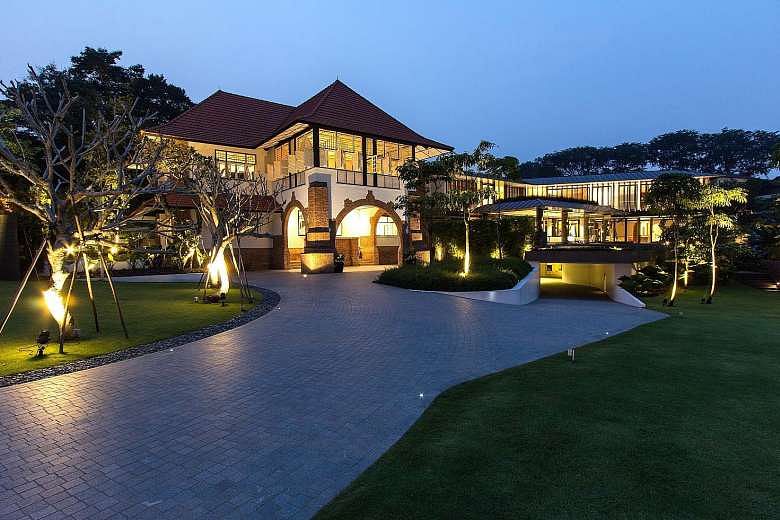
A good class bungalow (GCB) in Chatsworth Park.
PHOTO: URBAN REDEVELOPMENT AUTHORITY
Most people have a vague idea that GCBs are very prestigious, very expensive and very large. But what exactly is a GCB?
There are two main defining factors for these homes: location and size.
A GCB needs to be within 39 areas gazetted by the Urban Redevelopment Authority.
Many GCBs are ensconced in forested areas with sufficient greenery in between plot areas. Owners are not allowed to build a bungalow that occupies more than 35 per cent of the plot area.
Bungalows that fall under such areas also need to have a minimum plot size of 1,400 sq m and cannot exceed the maximum building height of two storeys.
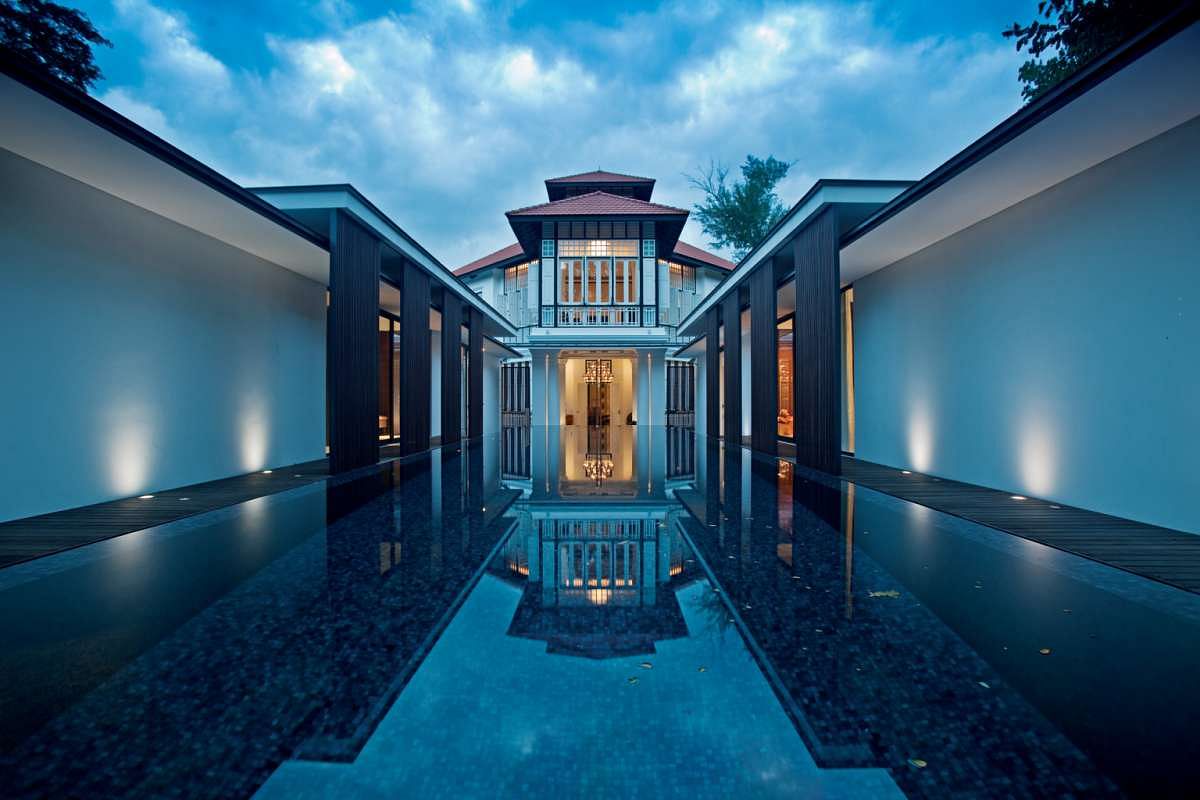
Though there is no exact number, it is estimated that there are up to 2,800 GCB plots. One plot can house more than one bungalow.
Some are more than a hundred years old, dating back to the colonial era. Most of the latter are specially conserved bungalows, of which there are about 65.
Only Singapore citizens are allowed to own GCBs following a policy change in 2012.
3. MONEY MONEY MONEY
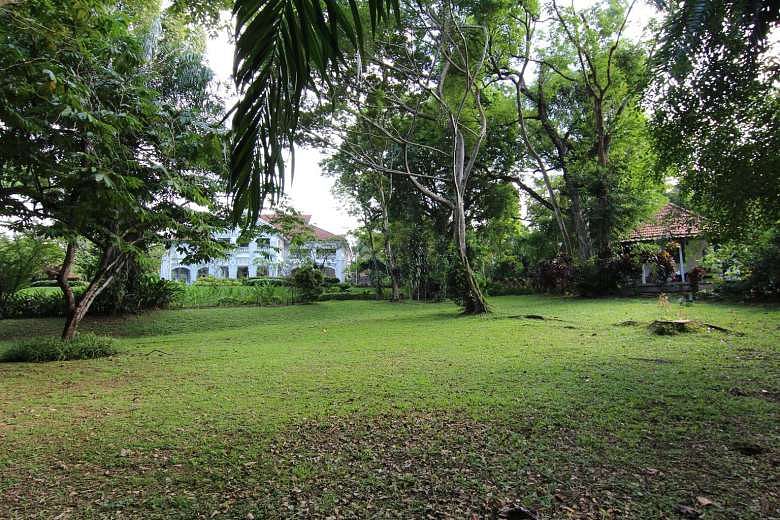
GCBs are often located in expensive areas, with many located in the traditional prime districts of 10 and 11.
These places include Cluny Park, Sixth Avenue, King Albert Park, Nassim Road and Queen Astrid Park.
It should thus be no surprise that these bungalows often come with jaw-dropping price tags, in the range of the tens of millions.
In June this year, a new freehold good class bungalow in Jervois Hill was sold for $41.2 million, or about $2,730 per sq ft (psf), on a land area of 15,094 sq ft. That was a record price in terms of psf on land for a transaction in a GCB area.
Sometimes, there can be such a thing as too much money. A wealthy couple was taxed on $16 million from buying and selling three GCBs within six years after losing their court appeal to declare the money as capital gains, ST reported in April.
Capital gains are generally not taxable, but the Inland Revenue Authority of Singapore also determines if sellers are trading in properties by considering the frequency of transactions and the holding period of the properties, among other factors.
In general, bungalow prices stay relatively stable.
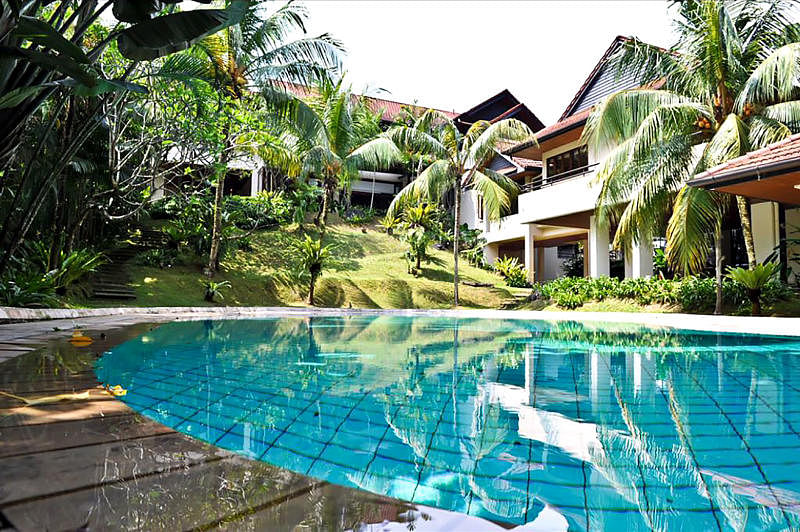
For example, prices were relatively flat throughout the global financial crisis and the introduction of property cooling measures in 2011, although the number of transactions declined.
However, an industry expert estimated that 2016 prices were about 10 per cent to 15 per cent below their last peak in 2013, the Business Times reported in February last year.
Real estate services firm CBRE said that the number of deals in GCB areas hovered in the thirties from 2015 to 2016. One of the peaks was in 2010, which saw 132 transactions.
4. THE WHO'S WHO
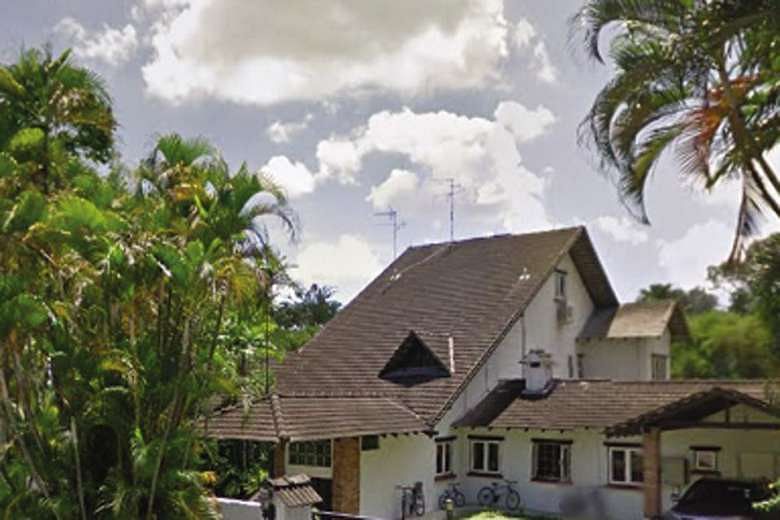
The S$33 million price for the Good Class Bungalow along Brizay Park works out to S$1,108 per square foot on a freehold land area of nearly 29,800 square feet.
PHOTO: SCREENGRAB FROM GOOGLE MAPS
GCBs are often the homes of the famous and well-heeled.
In 2016, it was reported that Mr Ong Tze Boon, architect and son of the the late Mr Ong Teng Cheong, lives at 1 Dalvey Estate, which was built in 1927.
The fifth president of Singapore, who was also an architect, lived in the house for several years.
Mr Zhang Yong, the founder of the Sichuan HaiDiLao steamboat chain, bought a bungalow in Gallop Road for $27 million or $1,700 psf in 2016. He is now a Singapore citizen.
Yun Nam Hair Care boss Andy Chua bought a property the same year in Brizay Park off Old Holland Road for $33 million or $1,108 psf.
That same year also saw the granddaughter of billionaire paint tycoon Goh Cheng Liang purchase a bungalow for $44.5 million or $1,271 psf in Queen Astrid Park.
Also in the Queen Astrid Park area, a $46 million bungalow on a 29,709 sq ft site was reportedly purchased the next year by the family that controls oil trading group Hin Leong.
Mr Robert Kwan, founder of McDonald's Singapore, owns King Albert Park House. It was built for him in 1994 by Singaporean veteran architect Tay Kheng Soon.
SOURCES: The Straits Times, The Business Times, The Peak magazine, PropertyGuru.com.sg, Urban Redevelopment Authority

